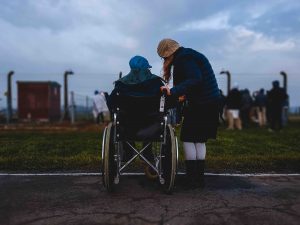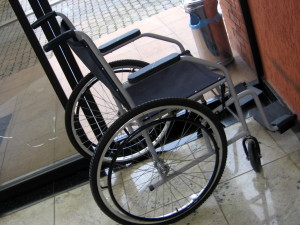The nursing home industry, often perceived as a sector struggling with financial viability due to reported accounting losses, presents a conundrum when analyzed through the lens of recent financial activities and market trends. Despite these reported losses, the industry has seen a surge in private equity investments and high transaction prices, suggesting a disconnect between reported financials and the actual economic value of nursing home facilities.
One explanation for this paradox is the concept of profit tunneling, where businesses who own nursing homes engage in financial maneuvers to misreport or hide true profits, essentially obscuring the true financial health of the enterprise. This tactic not only complicates the industry’s financial landscape but also raises questions about the quality of care provided in these facilities. With staffing levels directly tied to the quality of care, the financial engineering within the industry can have real-world impacts on patient care and facility operations.
Furthermore, the practice of engaging in related party transactions—where businesses make deals within a network of interconnected entities—complicates the financial transparency of nursing homes. Such transactions can mask the true profitability of these facilities, affecting everything from investment decisions to policy regulations concerning the industry.
 Southern California Nursing Home Abuse Lawyer Blog
Southern California Nursing Home Abuse Lawyer Blog














